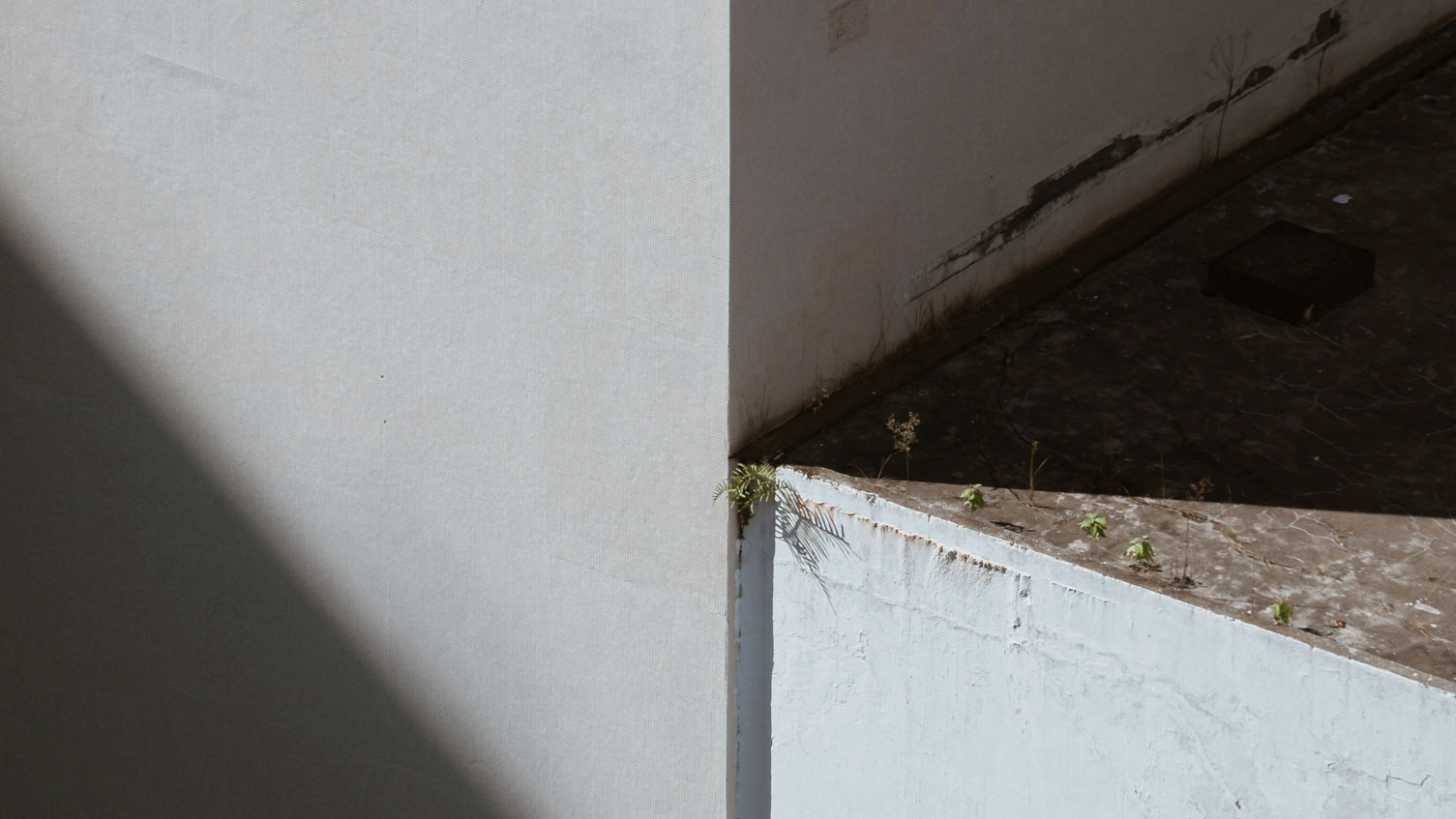7 Dangerous Types Of Mold In Your Everyday Life

Brain fog. Fatigue. Allergies that just never seem to let up. Unexplained weight gain. Any of these sound familiar?
If so, it may be time to investigate whether you could be affected by mold exposure.
I see it more and more commonly at the functional medicine telehealth center. People have mold-related symptoms like the ones I mentioned above, plus sudden or worsening anxiety/depression, ringing in the ears, vertigo, and a host of other issues. As we work to deeply uncover the source of their symptoms, we discover that it’s due to mold exposure, whether past or current.
ARTICLE CONTINUES BELOW
Make Your Life a Cleanse
SUBSCRIBER-ONLY GUIDES FOR GUT HEALTH, VIBRANT ENERGY, HEALTHY FOOD & CLEAN ALCOHOL
Get FREE access to these + giveaways, recipes, & discount codes in personal emails from Dr. Will Cole.
What shocks a lot of people is how prevalent mold actually is. It’s not always obvious, because mold can be really tricky to track down. That’s why I thought it was time to talk about some common types of mold that could be affecting your everyday life, sometimes without you even knowing it.
1. Stachybotrys
This mold is well-known as black mold. If they’re touched, mycotoxins are released and can cause serious issues. Some common surfaces black mold can grow on include ceiling tiles, wood, gypsum board, and cardboard, which you can typically find in just about any household. The mold tends to grow after the material has remained damp for a longer period.
Those exposed report not only respiratory symptoms like congestion and wheezing, but even nervous system issues like: (1)
- Headache
- Irritability
- Lightheadedness
- Sleeping difficulty
- Mental fatigue
- Concentration problems
2. Penicillium
There are hundreds of types of penicillium mold. You’ll recognize them right away, because they’re the blue or green mold that grows on spoiled bread, fruits, and vegetables. The spores can be spread through the air. Certain strains of this mold are more dangerous than others, and you can’t exactly tell which ones are the particularly bad type just by looking.
Because these toxins can sometimes be ingested without realizing they’re present, or how dangerous they are, penicillium often affects the gut first. Since most of the immune system is found in the gut, this mold can cause some pretty serious immune problems. It has also been found to damage intestinal mucus and cause intestinal inflammation. (2) Some others can cause serious infections and organ damage.
3. Cladosporium
This mold is extremely common, found both inside and outside your home. It can typically be found in the air or on surfaces in households. Cladosporium can be a host of different colors, and can travel from outside to inside with ease via doors, windows, carpets, vents, and HVAC systems. It can also colonize in places like insulation or on window panes.
Studies show that Cladosporium can cause serious allergic reactions. (3) Chronic exposure can produce emphysema and pulmonary edema. (4) Since it comes in an array of different colors and has many different species, it is difficult to know whether you’ve been exposed to a more dangerous form of Cladosporium.
4. Fusarium
Fusarium mold can cause a variety of infections in animals, plants, and humans. These infections can be tough to get rid of and include skin lesions. Fusarium exposure can even lead to things like blindness. It can be airborne or carried in through the water system. It can be particularly nefarious to immunocompromised people. (5)
The places you can find fusarium in your home include plants you have indoors and types of food. If you’ve had water damage, it gives fusarium a chance to proliferate, and it can spread with ease throughout the house.
5. Aspergillus
Aspergillus mold consists of many different species found in food, vegetation, seeds, nuts, and grains. It is well-documented in health problems including:
- Localized infections
- Fatal diseases
- Allergic responses
For humans, aspergillus is the most common and life-threatening airborne opportunistic mold. (6) Be sure to look out for anything in your pantry that can be affected by mold, as well as in the plants you keep in your house.
6. Chaetomium
Chaetomium lives in wet, dark environments. That means it can be found in places that are subject to water damage, such as baseboards, carpets, wallpaper, and drywall. Chaetomium often shares the same environment as stachybotrys, or black mold. It can be found inside the home in kitchens, bathrooms, mattresses, and window frames. (7)
Studies have shown that exposure to this type of mold can result in symptoms like:
- Joint pain, swelling, and stiffness
- Sinusitis
- Bronchitis
In fact, research even shows that this form of mold is correlated with an increase in autoimmune disease, an issue that I see many people for at the telehealth functional medicine clinic. (8)
7. Alternaria
Alternaria is well-known to cause allergies and can be found in the air inside your home or places like textiles, cardboard, and cables, making it nearly ubiquitous. It gives those exposed an increased risk of developing asthma, and seems to cause the sensitization to other potential allergens. It can even grow on fruits and vegetables right inside your home, so keep a close eye on your food and get rid of it once it starts to look spoiled. (9)
- Bitnun, A., & Nosal, R. M. (1999). Stachybotrys chartarum (atra) contamination of the indoor environment: Health implications. Paediatrics & child health, 4(2), 125-129.
- Otero, C., Arredondo, C., Echeverría-Vega, A., & Gordillo-Fuenzalida, F. (2020). Penicillium spp. mycotoxins found in food and feed and their health effects. World mycotoxin journal, 13(3), 323-343.
- Weryszko-Chmielewska, E., Kasprzyk, I., Nowak, M., Sulborska, A., Kaczmarek, J., Szymanska, A., ... & Jedryczka, M. (2018). Health hazards related to conidia of Cladosporium—biological air pollutants in Poland, central Europe. Journal of environmental sciences, 65, 271-281.
- Crissey, J. T., Lang, H., & Parish, L. C. (1995). Manual of medical mycology. (No Title).
- Sáenz, V., Alvarez-Moreno, C., Pape, P. L., Restrepo, S., Guarro, J., & Ramírez, A. M. C. (2020). A one health perspective to recognize Fusarium as important in clinical practice. Journal of Fungi, 6(4), 235.
- Mousavi, B., Hedayati, M. T., Hedayati, N., Ilkit, M., & Syedmousavi, S. (2016). Aspergillus species in indoor environments and their possible occupational and public health hazards. Current medical mycology, 2(1), 36.
- Piecková, E., & Jesenská, Z. (1998). Molds on house walls and the effect of their chloroform-extractable metabolites on the respiratory cilia movement of one-day-old chicks in vitro. Folia microbiologica, 43, 672-678.
- Husman, T. M. (2004). Clusters of autoimmune diseases in microbial exposure in moisture damaged buildings. Journal of Allergy and Clinical Immunology, 113(2), S59.
- Hernandez-Ramirez, G., Barber, D., Tome-Amat, J., Garrido-Arandia, M., & Diaz-Perales, A. (2021). Alternaria as an inducer of allergic sensitization. Journal of Fungi, 7(10), 838.
View More At Our Store
Purchase personally curated supplements
and Dr. Will Cole’s books!

The information on this website has not been evaluated by the Food & Drug Administration or any other medical body. We do not aim to diagnose, treat, cure or prevent any illness or disease. Information is shared for educational purposes only. You must consult your doctor before acting on any content on this website, especially if you are pregnant, nursing, taking medication, or have a medical condition.
Our content may include products that have been independently chosen and recommended by Dr. Will Cole and our editors. If you purchase something mentioned in this article, we may earn a small commission.

BY DR. WILL COLE
Dr. Will Cole, DNM, IFMCP, DC is a leading functional medicine expert who consults people around the globe, starting one of the first functional medicine telehealth centers in the world. Named one of the top 50 functional and integrative doctors in the nation, Dr. Will Cole provides a functional medicine approach for thyroid issues, autoimmune conditions, hormonal imbalances, digestive disorders, and brain problems. He is also the host of the popular The Art of Being Well podcast and the New York Times bestselling author of Intuitive Fasting, Ketotarian, Gut Feelings, and The Inflammation Spectrum.

Gut Feelings
Healing The Shame-Fueled Relationship
Between What You Eat And How You Feel


